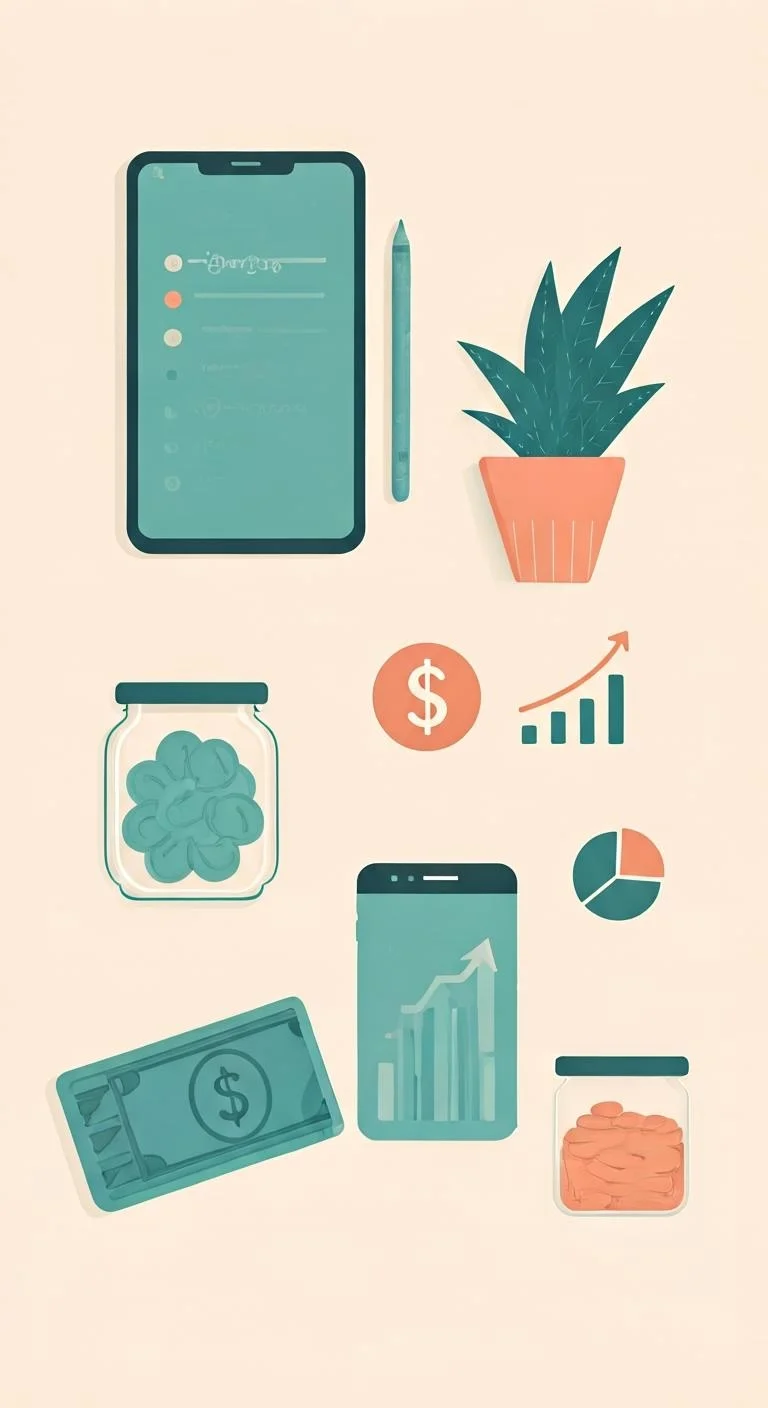10 Money-Saving Challenges for Financial Growth
Embarking on a money-saving challenge can be a transformative strategy for enhancing financial stability and achieving long-term economic goals. This article outlines ten innovative challenges designed to refine personal finance skills, boost savings, and foster disciplined financial habits. Each challenge offers practical, actionable insights into budgeting, investing, and money management, empowering readers to cultivate a healthier financial future. Dive into these expert-backed strategies to elevate your financial acumen and secure your economic well-being.
1. The 52-Week Savings Challenge

The 52-Week Savings Challenge is a structured approach to incrementally increase savings each week. Starting with a small amount, such as $1, participants increase their weekly deposit by the same amount each week. By the end of the year, this cumulative approach results in significant savings. This challenge is a practical exercise in financial discipline, encouraging consistent saving habits. The predictable nature of the deposits allows for easy integration into monthly budgets, making it an excellent tool for both novice savers and seasoned financial planners.
2. No-Spend Month Challenge
The No-Spend Month Challenge is an exercise in financial restraint, where participants commit to abstaining from all non-essential purchases for an entire month. This challenge promotes awareness of spending habits and encourages critical examination of financial priorities. By eliminating discretionary spending, individuals can redirect funds toward savings or debt reduction. This challenge is particularly effective for identifying unnecessary expenses and fostering a more mindful approach to money management. Participants often find this experience reshapes their perception of needs versus wants, leading to more intentional financial decisions.
3. The Envelope Budgeting Challenge
The Envelope Budgeting Challenge utilizes a cash-based system to manage monthly expenses. Participants allocate a specific amount of cash into envelopes designated for different spending categories, such as groceries or entertainment. This tangible method of budgeting emphasizes the importance of living within one’s means and avoiding overspending. By using physical cash, individuals are more likely to adhere to their budgets, as the visual depletion of funds acts as a deterrent to unnecessary purchases. This challenge is particularly useful for those looking to regain control over their finances and enhance budgeting skills.
4. The 30-Day Investment Challenge

The 30-Day Investment Challenge encourages participants to engage with the stock market or other investment vehicles over a month-long period. Each day, individuals can allocate a small sum towards an investment portfolio, focusing on diversification and risk assessment. This challenge aims to demystify investing, offering a hands-on approach to understanding market dynamics. By the end of the challenge, participants should have a preliminary investment portfolio and enhanced knowledge of financial markets. This experience is invaluable for those seeking to build wealth through strategic investment practices.
5. Automated Savings Challenge
The Automated Savings Challenge leverages technology to streamline the savings process. Participants set up automatic transfers from their checking to savings accounts, ensuring consistent contributions without active effort. This challenge highlights the importance of “paying yourself first” by prioritizing savings with each paycheck. Automation minimizes the temptation to spend discretionary income, fostering a disciplined savings routine. The ease of this approach makes it suitable for individuals at any stage of their financial journey, promoting a proactive and sustainable saving strategy.
6. Grocery Budgeting Challenge
The Grocery Budgeting Challenge focuses on reducing food-related expenses through strategic planning and mindful shopping. Participants set a strict budget for groceries and utilize tactics such as meal planning, bulk buying, and discount hunting. This challenge emphasizes the impact of small, conscious decisions on overall financial health. By avoiding impulse purchases and prioritizing cost-effective choices, individuals can significantly cut down their grocery bills. This exercise not only aids in saving money but also promotes healthier eating habits and reduces food waste.
7. Debt Reduction Challenge

The Debt Reduction Challenge is designed to aggressively tackle outstanding debts through focused repayment strategies. Participants commit to paying off a specific amount of debt within a set period, utilizing methods such as the debt snowball or avalanche approach. This challenge encourages individuals to prioritize high-interest debts and adjust spending habits to accelerate repayment. By visualizing progress and celebrating milestones, the challenge fosters motivation and accountability. Ultimately, it serves as a powerful tool for achieving financial freedom and improving credit scores.
8. Round-Up Savings Challenge
The Round-Up Savings Challenge utilizes the power of incremental savings by rounding up everyday purchases to the nearest dollar and saving the difference. This micro-saving strategy leverages everyday transactions to build a robust savings account over time. Many banking apps offer features to automate this process, making it a seamless addition to daily financial activities. The challenge demonstrates that small, consistent actions can lead to significant financial outcomes, reinforcing the principle that every penny counts in wealth accumulation.
9. Utility Savings Challenge
The Utility Savings Challenge focuses on reducing household utility expenses through conservation efforts and efficiency upgrades. Participants analyze their utility bills to identify high-cost areas and implement changes such as using energy-efficient appliances, reducing water usage, and optimizing heating and cooling systems. This challenge not only cuts costs but also promotes environmental sustainability. By tracking monthly savings, individuals can see tangible benefits, motivating continued efforts to improve efficiency and lower expenses.
10. Emergency Fund Challenge

The Emergency Fund Challenge is a proactive approach to financial security, emphasizing the importance of having a safety net. Participants aim to save a specific amount to cover 3-6 months of living expenses in case of unforeseen events. This challenge involves setting realistic savings goals and identifying potential income sources to boost the emergency fund. By prioritizing this financial buffer, individuals can mitigate the impact of unexpected expenses and maintain financial stability. This challenge is essential for establishing a solid foundation for future financial growth.
Engaging in these money-saving challenges can significantly enhance financial acumen and foster a disciplined approach to managing personal finances. Each challenge offers unique insights into saving, budgeting, and investing, providing practical strategies to achieve financial goals. By incorporating these challenges into daily financial practices, individuals can cultivate long-term financial health and resilience. Whether targeting debt reduction, savings growth, or investment diversification, these challenges serve as valuable tools for financial empowerment.






